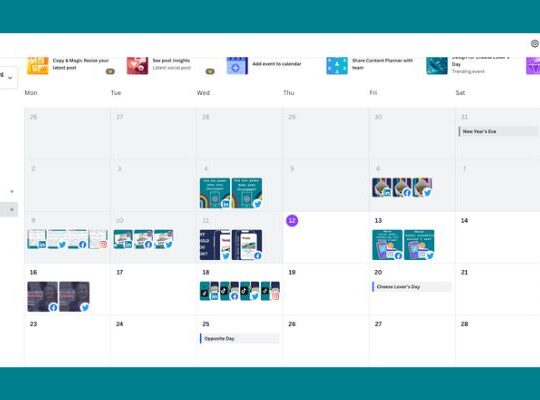“We’ve got a website but it’s just as a presence, we don’t sell anything through it.” Until the pandemic I used to hear this a lot. Because those retailers that had a physical store were thriving. But digital transformation for retailers happened rapidly during 2020, and there is still a need for retailers to adapt and move with the other digital changes happening.
Although a local shop may now have a website which sells some of their products, they probably haven’t heavily invested in search engine optimisation, web design, data insights, customer experience and other elements which will give them a good return on investment.
And this goes for online businesses too. They need to continually review their processes and digital technology to attract website visitors and encourage sales.
What is digital transformation for retailers?
Digital transformation means integrating digital technology into all areas of a business. This changes how you operate and deliver value to customers. It’s also a cultural change that requires organisations to continually experiment.
For retailers this means everything from an e-commerce platform to customer relationship management (CRM) software. It can also include using technology to automate tasks and improve efficiency.
Challenges in the retail sector

Some of the biggest barriers for digital transformation in any business include lack of expertise, a lack of digital strategy, and a limited budget.
Benefits to going digital
So why should you consider digital transformation? Here are four key reasons:
Enhanced customer experience
Give your customers the choice of shopping instore or online, but if it is via a website you can make the experience really easy.
Improved operational efficiency
Imagine being able to fulfil orders seamlessly and have a series of automated processes, improving efficiency and reducing human error.
Increased sales and revenue
With the right tools, you’ll be visible to more people who are likely to make a purchase, which is a winner. But with streamlined processes, your overheads will be reduced therefore revenue increases.
Better data insights and decision making
Data comes with all the digital processes. You’ll learn key insights from your customers and be able to make better decisions about your business.
Steps to achieve digital transformation
You’re probably already on your journey to digital transformation for retailers. But how can you make the most of it? Here are 6 steps:
Assess the current state and identify areas for improvement
Understand where your business stands currently with its digital capabilities. Evaluate your current technology, processes and skills in your team. From this you can pinpoint the key areas for improvement.
Develop a clear strategy
The key to any strategy is to set some goals and ensuring that they are in line with your business strategy. What do you want to achieve? Increasing sales? Raising awareness? Reducing operational costs?
Invest in technology

If you haven’t already, you’re going to need to set up and online store. Choose a platform which suits your needs – this could be WordPress or Shopify, for example. And when it comes to communicating with your customer, consider an email marketing solution such as Klaviyo.
Enhance the customer experience
Using consistent branding and creating a seamless shopping experience across online, instore, mobile and social media is crucial here. And with the data you’re gathering, you’ll have a better understanding of your customers and can offer them personalised recommendations.
Upskill your employees
Your team are probably awesome as they are, but wouldn’t it be amazing if they had the necessary digital skills to experiment with new ideas and technologies. Provide regular training sessions and workshops for them.
Monitor and adapt
As with any plan, you need to keep an eye on how things are going. Track the success of your digital transformation and be ready to make changes should you need to.
Transformation success
Aldi is a retailer which has faced the dilemma of digital transformation. Originally instore only, the supermarket was reluctant to move to selling online. They started small by placing some of their ‘Aldi Special Buys’ online, which worked well. In more recent times, they’ve been experimenting with click and collect for groceries. At the time of writing this, they haven’t rolled this out nationally yet, however it’ll be interesting to see if they do and how their digital transformation proceeds.
Start your journey to digital transformation
If you haven’t already, I’d encourage traditional retailers to start your journey to digital transformation. You’ll reap the rewards, particularly when the high street is a challenging place to be at the moment.
If you’d like to know more about digital transformation strategies, then get in touch. I would love to chat with you and see how I can help.







